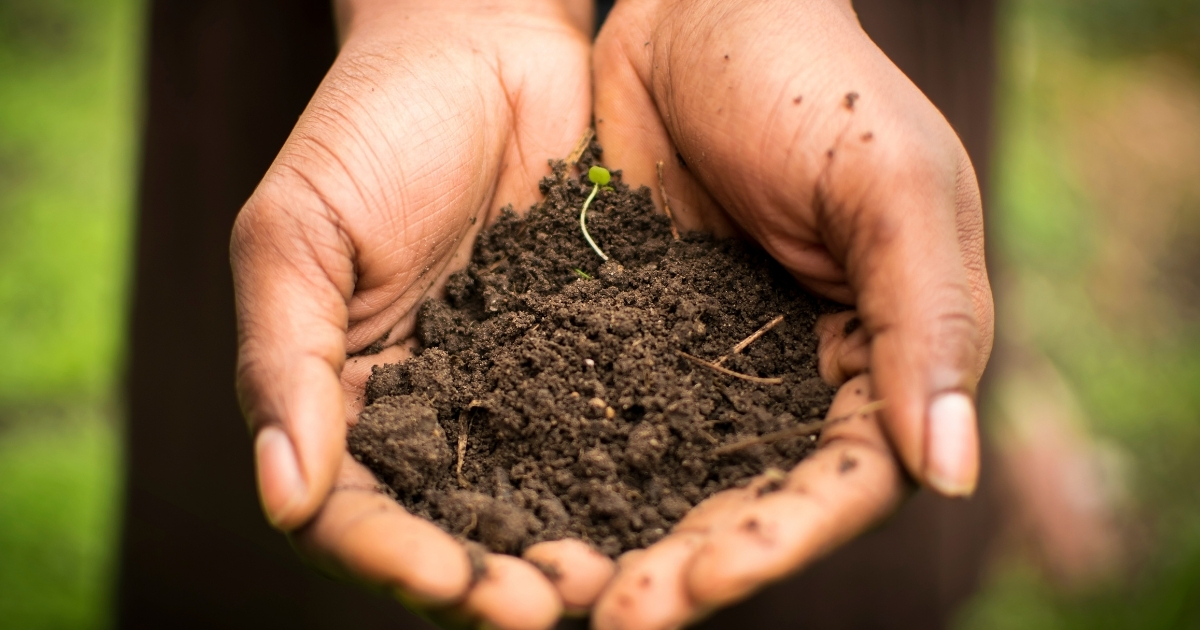
Category: Cooperative Extension

A prescription for the garden
June 24, 2021 Written by Sue Barton, Associate Professor - Plant & Soil Sciences
Gardens are good for you!
This statement is easy to believe; many people enjoy gardening and appreciate the time spent outdoors. But let’s dig a little deeper. Why is this true? Norwegians have a term, Friluftsliv, which means “free air life.” This describes a way of life spent exploring an appreciated nature, and Norwegians believe it is good for the human mind and spirit. The Japanese have a different term, Shinrin-yoko, translated as “forest bathing,” which means spending time in the forest and other natural areas is good preventative medicine because it lowers stress, which leads to many problematic health issues.
People, especially young people, often don’t recognize all the benefits of a connection to the outdoors. This is thought to be due to a condition of “plant blindness.” Since we only consciously consider a minute fraction of the information taken in by our eyes, we prioritize that which we find familiar or are programmed to notice or appreciate. Until someone points out the plants in an attractive landscape, they may just be background noise and not truly noticed. Once you start noticing, though, it is hard to stop!
We all spend a good part of each day with voluntary attention focusing on work or study and concentrating on the task at hand. We need to balance that intense attention with involuntary attention that is effortless and enjoyable. Noticing sensory stimuli in our environment is a good way to achieve the rejuvenation that comes from involuntary attention.
Many believe human evolution is responsible for our connection to the natural world. It makes sense that our ancestors who found nature effortlessly engaging were more likely to know where to gather berries and more alert to dangerous predators. They lived to reproduce, and those characteristics are still in modern humans’ genes.
Jay Townsend found in his Ph.D. research at UD that trees have a mitigating effect on community stress. Studies in the Netherlands and Japan showed easy access to green spaces resulted in better health and lower mortality.
Noticing sensory stimuli in our environment is a good way to achieve the rejuvenation that comes from involuntary attention.
A famous study by Roger Ulrich (formerly a UD geography professor and recently retired from Texas A& M) found that hospital patients recovered better, required less pain medication and had shorter hospital stays when the view from their hospital room was a grove of trees rather than a brick wall.
Many people assume plants increase crime because they give criminals a place to hide. In fact, plants decrease crime because landscaped areas attract people resulting in increased surveillance, reducing the likelihood of crime. They also reduce stress, a precursor to violent crime.
Children are better able to focus on schoolwork when they have recently had contact with the outdoors. Duh, why do you think schools have recess!
It is not just contact with the natural world we seek, but active participation with plants through gardening. Gardening improves physical health (a great form of exercise) and psychological health. Accomplishing gardening tasks increase our sense of control and distract us from negativity. They also widen our focus and remind us the natural world is so much larger and greater than our troubles.

So, what is the prescription for getting some of this good mojo? Start observing the world around you. Consciously notice your surroundings. Look for patterns in the landscape. Notice change. Challenge yourself to figure out the how and why of what you see. Look for palimpsests – old writings (in this case, former use of a landscape) that have been overwritten by the new but are still visible. You can read the history of a site with a little careful observation and discovery.
From a policy perspective, think about the cost-saving to society if we had shorter hospital stays, less crime, more production children, and a happier and healthier population. Certainly, that is worth some parks in urban areas, and a goal of preservation and rejuvenation is as many outdoor spaces as possible.
An urban street with and without plants – you make the choice!
